How to be an ally
Some Canadians think that because many 2SLGBTQ+ rights are protected by law, “everything’s OK now”. While much progress has been made, the lives of 2SLGBTQ+ people continue to be deeply affected to varying degrees by both historical and current oppression and discrimination. Some may be denied housing or employment but not be able to prove that the reason is that they are 2SLGBTQ+. For others, they may be afraid even to begin the complaint process.
“When I first went to the home for a meeting, I noticed a photograph of a kid with a big rainbow kite. That was the very first image that I saw that helped me to feel comfortable. As it turned out, it had nothing to do with anything. It was her grandkid flying a kite and she had no consciousness around the fact that the kite had rainbow colours on it. There was no intention at all.”
A 2SLGBTQ+ ally recognizes the need to take responsibility and take action to end discrimination and oppression that negatively affect 2SLGBTQ+ people.
Honest and thoughtful reflection about your life experiences is valuable in becoming a 2SLGBTQ+ ally. This doesn’t mean that you’ve never suffered from any discrimination, and it isn’t about feeling guilty. Instead, it's about exploring how you can become actively involved in advocating for changes that will help others share in the benefits you have as someone who is not 2SLGBTQ+.
Becoming an ally can also create an opportunity to build bridges or alliances that can benefit you or others in your community by developing mutual support. For example, some Black Lives Matter and 2SLGBTQ+ groups have come together to stand up against discrimination and oppression. The phrase, “Nothing about us without us,” can help you to be a good ally by reminding you that while you can be supportive, it’s not your place to speak for others.
Read more
Many 2SLGBTQ+ people had negative experiences with healthcare systems and providers, for example, those who lived through the AIDS epidemic and saw many friends die with little understanding or support.
Here are a few examples of challenges and barriers that 2SLGBTQ+ people may face:
- Invisibility and visibility: Not being ‘seen’ can be a form of oppression, but so also can be experiences of being targeted or outed. Staying ‘in the closet’, being ‘out, or repeatedly making decisions about whether to ‘be out’ is exhausting, stressful, and can negatively affect a person’s care.
- Gender assumptions: If someone’s appearance doesn’t match the sex they were assigned at birth, they may face discrimination in various forms, including others refusing to acknowledge their gender identity and correct pronouns. They may also be mocked, not be taken seriously, or treated with hostility.
- Pride and shame: Although the Pride movement is one of the most successful 2SLGBTQ+ accomplishments, individuals may still carry shame due to personal experiences or historical discrimination in Canada or elsewhere. Such feelings may prevent a person from disclosing important information about themselves or their relationships to care providers.
- Trauma and violence: 2SLGBTQ+ people, particularly youth, can be vulnerable and may be exposed to physical, sexual, and emotional abuse, as well as to hate crimes. Some immigrants and refugees have also had traumatic experiences before coming to Canada. The long-term effects of trauma can be significant and, if not recognized, can result in depression, anxiety, suicide, substance use, or re-traumatization by care providers.
- Poverty and homelessness: 2SLGBTQ+ people who live in poverty or on the street may be dealing with substance use, mental illness, or other health issues. They usually have limited or poor access to healthcare, especially inclusive healthcare.
- Social isolation: It’s not unusual for a 2SLGBTQ+ person to become disconnected from their biological family because of their gender identity or sexual orientation. 2SLGBTQ+ seniors often face increased isolation as they age, and this can increase health risks.
Homophobia, biphobia, and transphobia often intersect with other forms of discrimination, such as racism. This is the experience of some 2SLGBTQ+ people, who may face additional discrimination because of their cultural identities, not only from mainstream society but also from within their cultural and 2SLGBTQ+ communities.
“You can’t look in a room and know who is racialized, know who is disabled, know who is queer, know who is trans. People’s identities are not always easily recognizable, and that can create a kind of a laziness where people think, “I don’t see anyone with a disability, so we don’t have to do such-and-such.” or “I don’t see anyone who looks like they’re trans, so we don’t have to do pronouns.”
Every 2SLGBTQ+ person is unique, and there are many actions that you can take as an ally:
- Examine your assumptions for bias about 2SLGBTQ+ people and issues such as pregnancy, adoption, appearance, gender reassignment, etc.
- Reflect on your discomfort and take responsibility for reducing or removing it.
- Educate yourself and others about the various sources of 2SLGBTQ+ oppression by reading, listening, and watching reliable information sources.
- Participate in diversity and inclusion training sessions.
- Make a conscious effort to invite, hear, and accept feedback, including criticism.
- Ask about and use the correct gender pronouns.
- Speak up when you hear or witness discriminatory statements or actions.
- Listen carefully to the concerns of a 2SLGBTQ+ person.
- Ask about or challenge 2SLGBTQ+ discriminatory practices in healthcare settings.
- Learn about the activities and accomplishments of 2SLGBTQ+ people and their communities.
- Look for ways to connect and offer support (e.g., attend a Pride event; volunteer with or donate to an organization that provides 2SLGBTQ+ services).
“When my spouse was in palliative care, a nurse came in with a rainbow flag on her nametag. I felt so reassured when I saw that. I felt like she had a sense of familiarity with us, with who we were. I knew I had an ally, someone who knew something about my life, my world.”
Resources
Videos
More Articles
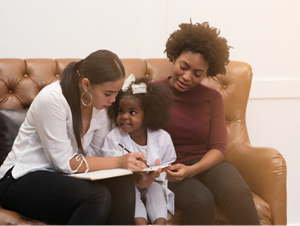
Leaving a legacy
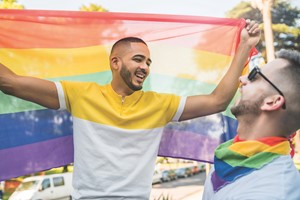
What does "2SLGBTQ+" mean?

Managing difficult situations

Planning ahead: Your wishes
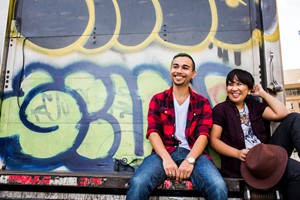
How to be an ally

How to provide inclusive care to Two-Spirit & LGBTQ+ people
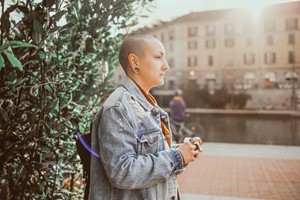
Getting the care that you need

About your grief
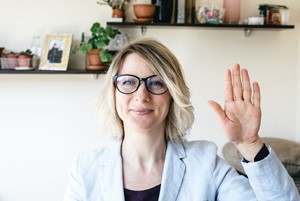
Choosing a healthcare advocate

Finding 2SLGBTQ inclusive care

Making an advance care plan

Choosing a financial advocate

Making a will

Finding inclusive continuing care

Why inclusivity matters

For family, friends, and unpaid caregivers

Canadian Healthcare Bill of Rights
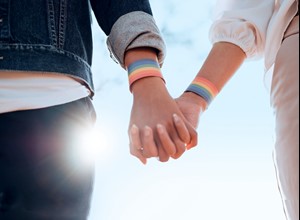
My Choices for Safe and Inclusive Healthcare
Featured Content

2SLGBTQ+ Canadian Healthcare Bill of Rights
Read More
MyGrief.ca Module - Grief in 2SLGBTQ+ communities
Read More
My Choices for Safe and Inclusive Healthcare
Read More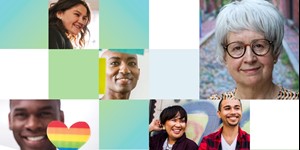
Planning for My Care
Read More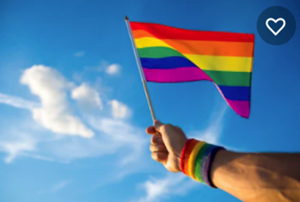
2SLGBTQ+ Knowledge Synthesis
Read More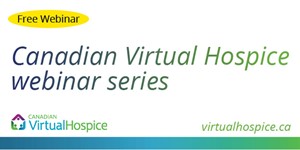
Webinar: Improving access to respectful & inclusive care.
Read More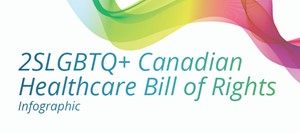
2SLGBTQ+ Canadian Healthcare Bill of Rights Infographic
Read More


